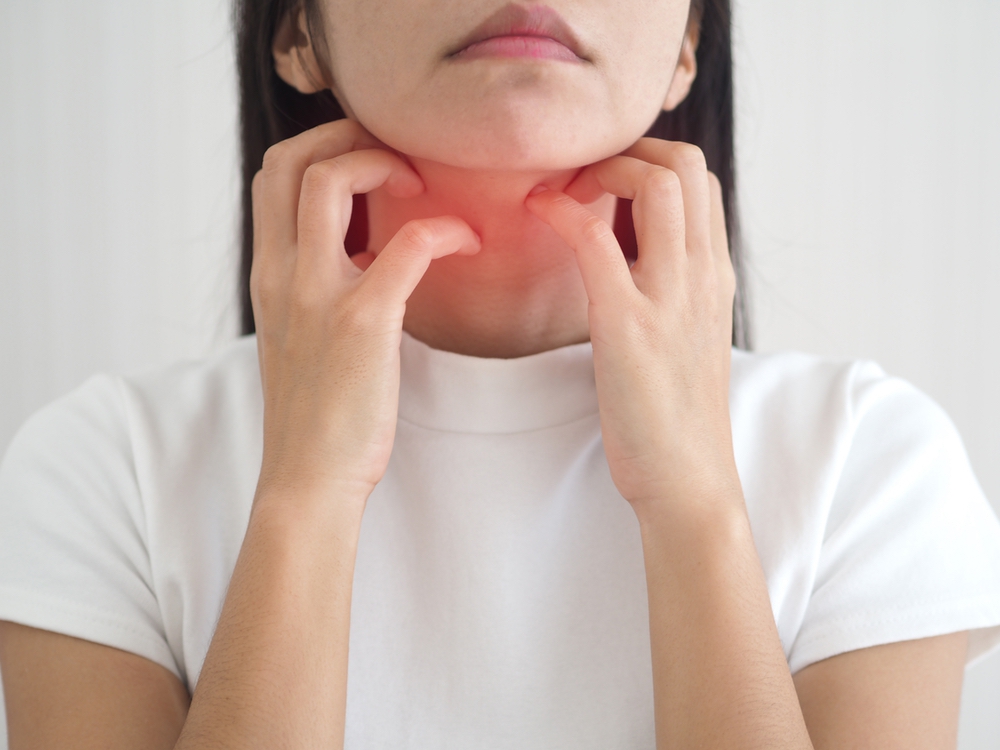UNDERSTANDING ECZEMA AND PSORIASIS?
Eczema (or atopic dermatitis) and psoriasis are both rather common, chronic skin conditions caused by immune system dysfunction. Most people with eczema develop it in childhood, whereas most people with psoriasis don’t develop symptoms until adulthood.
Eczema can occur anywhere, but it tends to affect the bends of the elbows and knees, hands and feet, arms, ankles, face, and chest, and the skin around the eyes. Eczema is characterized by red, dry, cracked, itchy, and often hot skin. It may also show as crusty sores and/or bumps. Patients with eczema often have or ultimately develop allergies or asthma. Triggers for eczema tend to be environmental allergens such as in food, pet dander, and chemicals in soaps, cleaning products, and beauty products.
Psoriasis can occur anywhere on the body, including the scalp, fingernails, and toenails. It appears as raised, red, itchy, scaly patches of dry skin. There are multiple forms of psoriasis, the most prevalent of which is plaque psoriasis. The slightly elevated patches of skin associated with psoriasis are known as plaques. Psoriasis may be largely caused by genetics and triggers can include infections, skin injuries, some medications, smoking, and drinking alcohol. In psoriasis, white blood cells (T cells) mistakenly attack the skin, setting off a chain reaction that attracts other white blood cells. This leads to increased production of skin cells which creates raised patches of skin.




